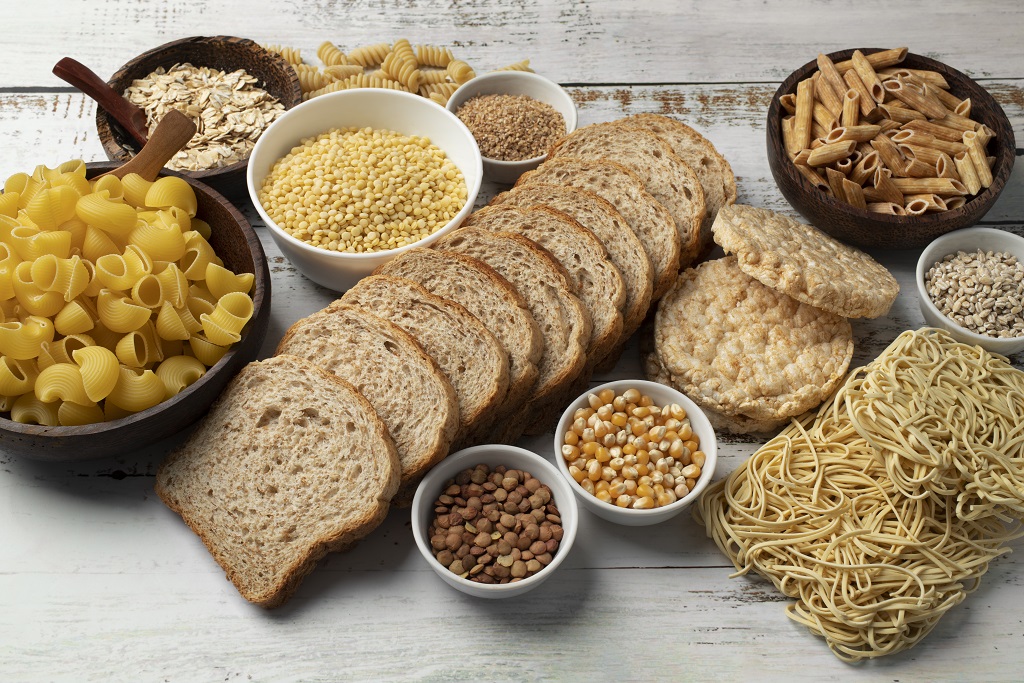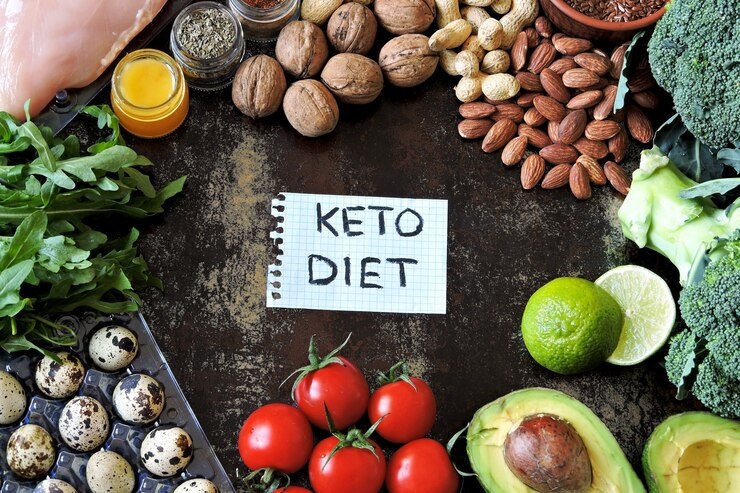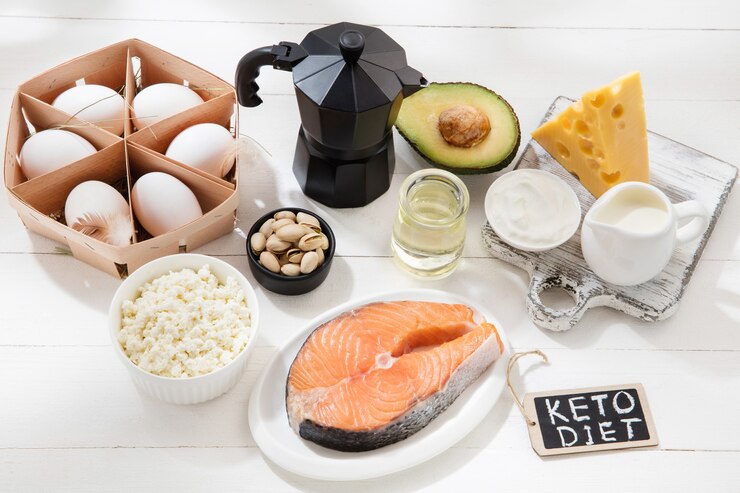What is the best ketone?
I want to make it simple, so let’s just start with the basics. What is the best ketone? A ketone is not a fad. It’s not a carbohydrate, it’s not a protein, it’s kind of a combination, or it has characteristics of both a fat and a carbohydrate, but it’s not either; it comes from fat, but a ketone is an alternative fuel source, and the way that you get ketones is that you simply lower your

Carbohydrates in Diet
carbohydrates in your diet or you reduce the frequency of eating, and this is why we recommend a low-carb diet with in-a-minute fasting. That way, you can maximize your ability to make Ketones have many advantages versus regular glucose fuel: number one, it will increase the oxygen in your body; number two, it increases your energy; number three, it supports the brain; in fact, your brain prefers ketones over glucose; And the same thing with the heart: if your heart is damaged or your brain is damaged, ketones are the answer.

Ketones and Proteins
Bypass the mechanical damage pathways and feed the tissues directly. Most of the body tissues can run on ketones, but some parts need glucose, and this is the confusion that people have. They think they need to consume glucose to get glucose, but there’s something called gluconeogenesis. New Genesis: Your body can make glucose if it needs it from fat, ketones and proteins. You don’t need to consume carbohydrates to get glucose. Now, it does take time to turn the fat into ketones; it’s going to take
Between 3 and 5 days, it all depends on how damaged insulin is in your body and how damaged your pancreas is. If you are pre-diabetic, diabetic, or have insulin, it’s going to take longer and longer to adapt, but by lowering the carbs and going in for a minute of fasting, you’ll get there a lot faster. That explains how to get into ketosis. You lower the carbs, and you lower the frequency of eating. Now, why would you want to do ketosis? What’s the big benefit of doing that? Well, you’re going to lower
insulin, and most people have high insulin. Rarely does your doctor ever test you for insulin; they’ll test you for glucose but not insulin. If they did, they would probably find higher levels of insulin. The tests that you would want to do are called Homa-IR, and that will pick this up. Too much insulin causes insulin resistance. Insulin resistance is behind pre-diabetes. Insulin resistance is behind metabolic syndrome, high blood pressure, fat in the gut area right through here, and pre-diabetes leads to diabetes, so in reality, diabetes stems from
from high levels of insulin at certain points, and so keto and Amana fasting will lower insulin, and that is the big benefit of doing this. There are many other benefits too; you can reduce fat in your liver, improve your cognitive performance, improve your mood, help decrease blood pressure, decrease inflammation, and improve your energy and belly fat. But the real big benefit that allows you to do this eating plan is that your hunger goes away. Okay, without being hungry all the time, it really
easy to do long-term as a healthy lifestyle, and there’s even an additional benefit if you’re doing intermittent fasting; that’s a toff. What this is is a recycling of garbage in your tissue, so all the damaged protein—the protein that your body doesn’t need—is clogging everything up. Guess what your body will recycle and turn into new amino acids? That’s one of the big things about Etapa G. To do this, you have to fast at least for 18 hours, so the combination of
Quito and if’ work very nicely together because if you just do Quito without fasting for a minute and your metabolism is slow, you may not achieve your weight loss goal or your other goals because it would take a very long time, and sometimes it’s not going to work because the frequency of eating, in general, will trigger insulin, so the frequency of eating is very important about your lowering insulin. All right, then you have this concept of a healthy keto plan versus dirty keto, which of course we recommend.

Healthy Keto
Healthy keto, and these are higher-quality ingredients grass-fed Wow, I caught pasture-raised versus conventional-type foods right here. With healthy keto, you’re focused on nutrient-dense foods. With dirty keto, you’re just focused on keeping your carbs low. When you do healthy keto, you end up looking a lot better than when you do dirty keto. Right, the rule of thumb is don’t eat unless you are hungry. Okay, unless you have the sensation of being hungry when you’re doing the healthy version of keto.
and you’re doing enough leafy greens and vegetables. Okay, and you’re eating enough healthy fats, and you’re improving insulin resistance. You’re not only going to be full, but you’re going to be satisfied. Now, if you look at the pie chart here, we have about 5 percent carbs of your total calories and then 5 percent vegetables, which, by the way, actually adds up to a lot because if you look at the carbohydrates and vegetables, the fibre giving the net carb doesn’t come out to a lot of calories.
If we look at the total carbs, which would include things like berries, hummus, nuts and seeds, there’s a little bit of carbs in those and if you combine the vegetables, that’s like 10%. Then we have 20% protein and 70% fat. Now, the fat looks like a lot, but realize that fat is double the calories of other macronutrients. But if we look at your food on the plate, if you just look at it like this, to keep it simple, you have to play with vegetables.
be fat, but because protein and fat usually come together, that’s going to be pretty much half your plate. That’s what it should look like. The benefits of vegetables are vitamin C, minerals, other nutrients and phytonutrients. Okay, I’m going through this fast, but I’m just giving you a summary of the next few videos, which I’m going to put a link to below. I’m going to talk more about exactly what to eat when you’re eating, but I wanted to give you a simple overview of all the most
important things, so now let’s just put it all together. Ideally, when you wake up in the morning, if you keep your carbs low, you’re not going to be hungry, so you want to skip breakfast and push it forward to the point where your breakfast now becomes your lunch. Don’t eat in the morning; you can do coffee or tea. So ideally, your first meal would be at lunch right here, and then your second meal would be dinner. So you’re eating two meals a day. If you keep this within a six-hour window, that will give you an 18-hour fast. Now, what’s
Magical about 18 hours, as that’s when the Etapa G starts and you start getting some cool benefits. The way that you’re going to avoid snacking between the meals is that you’re going to add a little more fat with this meal and this meal to be able to go longer, okay and then as you start doing it and becoming more adapted, you can kind of cut back on some of the fat because you’re going to be burning your fat and your fat is the healthiest fat that you can burn. Still, the key is this 18-hour fast right here.
If you have to snack, but within your eating window, fine. If you need to do that but don’t want to snack after dinner for the next meal, you can drink fluids. You want to take electrolytes and B vitamins, for sure and sea salt is a necessity, but we recommend you don’t eat anything. Foods that are good to focus on would be pasture-raised eggs Okay, organic, it’s all possible. shellfish, fish, sardines and organic cheese. Now, a lot of people don’t do well with cheese.

Cheese has a lot of hormones; it’s not good for people with prostate issues; it’s not good for people who have allergies; so some people do not do well with cheese. I make a small amount of cheese, and if I’m going to consume cheese, it has to be grass-fed organic. I usually get European cheese, and I don’t have a tremendous amount, but you can overdo it with cheese; olives are a must; avocados are a must; lots of vegetables; 7 to 10 cups of very beneficial nuts; for some people, they don’t do well on that, especially if
Symptoms of ketones
You should take all the necessary steps to prevent the body from becoming overly ketotic. Recognizing when your body begins to create ketones is a crucial first step. If you observe any of the following, you should have your blood or urine checked for ketones:
- Fruity-smelling breath (which is caused by the ketones)
- Elevated blood sugar levels (also known as hyperglycemia)
- Frequent trips to the bathroom,
- Extreme Thirst,
- Unusually high levels of fatigue
- Altered breathing patterns (typically deeper)
- Disorientation
- Fainting,
- Feeling Unwell.
These symptoms can appear for a day, but they can also appear sooner. If you do have elevated ketones,
Checking for ketone bodies
Ketone levels can be measured in the urine or blood, though the outcomes may vary. Similar to checking your blood sugar, checking your blood for ketones will provide you with findings right away. You can find out your ketone levels from a few hours ago by having your pee checked.
They’re prone to kidney stones. You have to be careful with almonds as well as spinach, so I’d avoid those if you’re prone to kidney stones. Also, seeds like sunflower seeds are perfect for a ketogenic plan. Alright, here you have it: the basic ketogenic plan for beginners.

